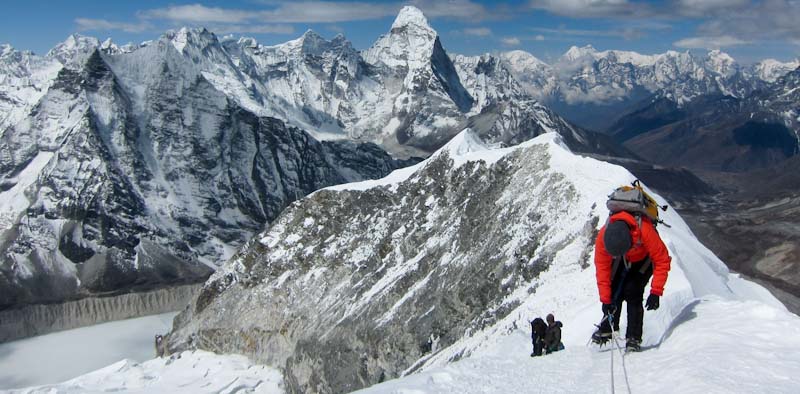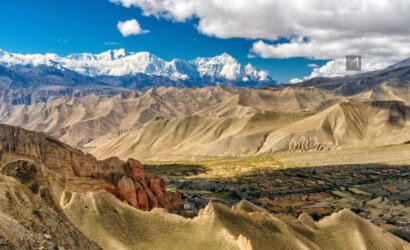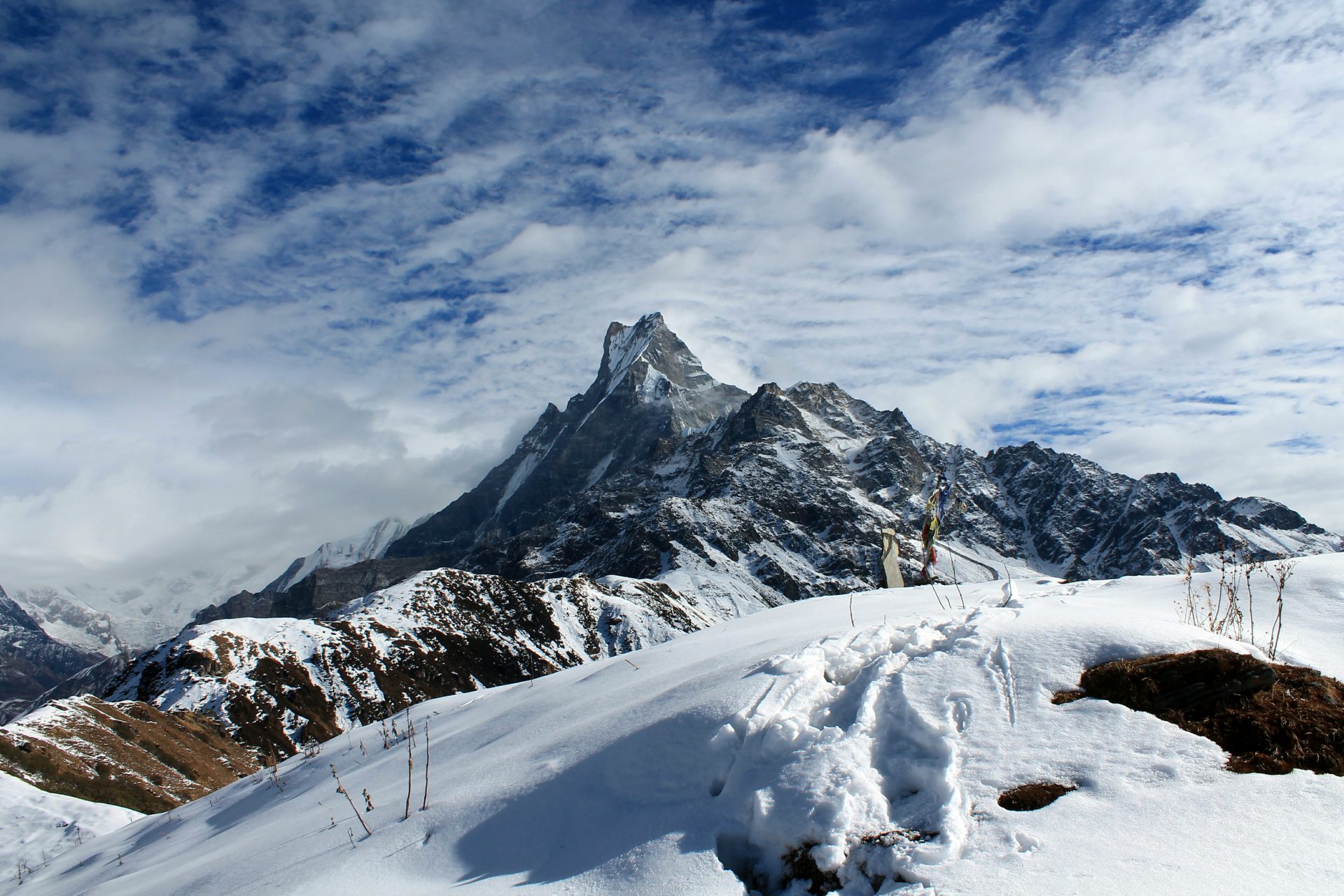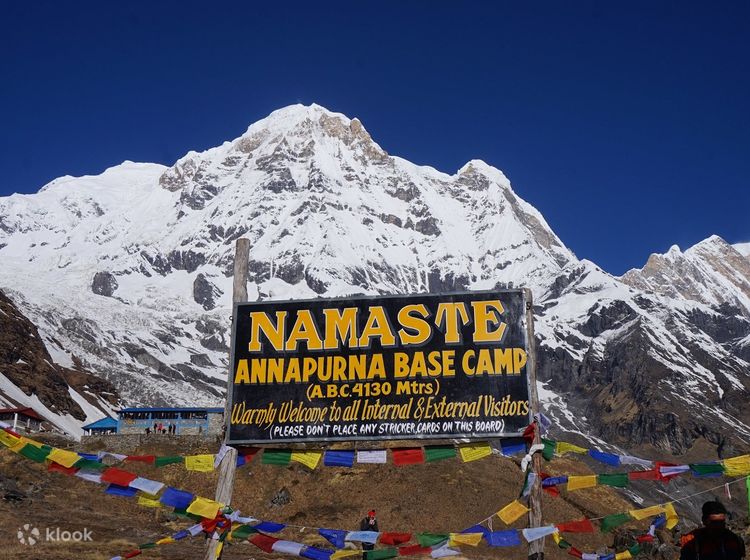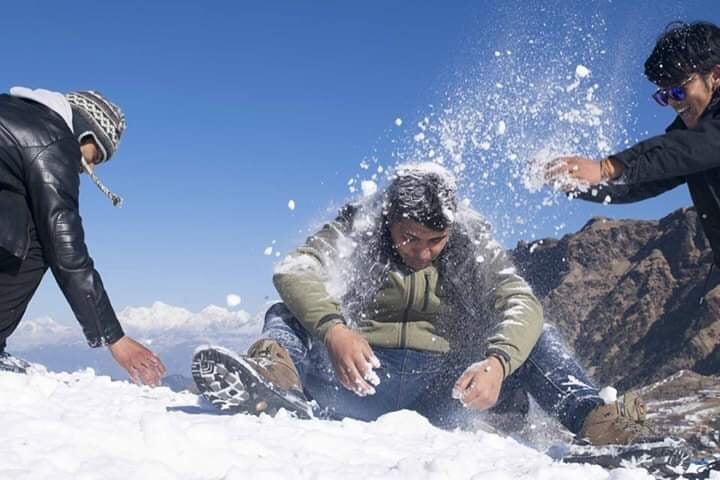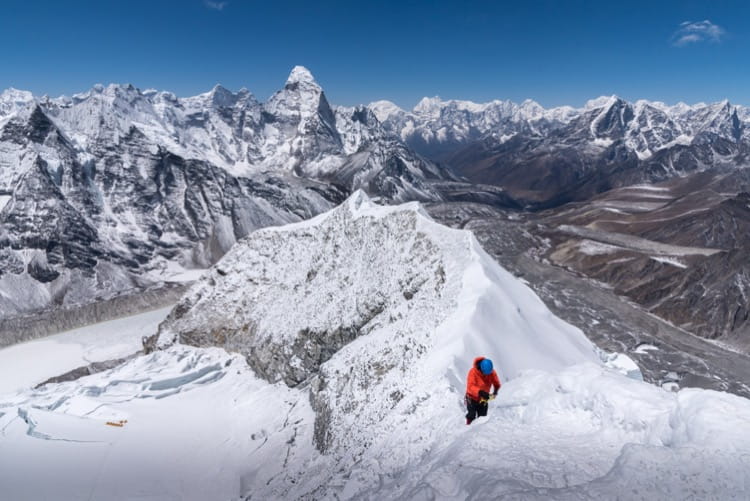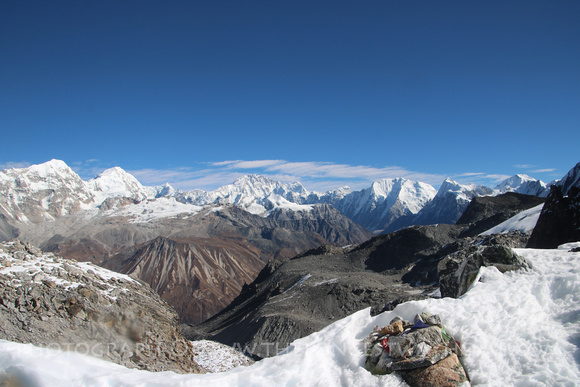-
Bus, Airlines
-
8,848.86 meters (29,031.7 feet) above sea level.
-
Kathmandu
-
June, July, , September, and December
-
Mountaineering Expedition
-
All meals during the trek
-
2+
Overview
Climbing the highest mountain peak in the world is every mountaineer’s wildest dream. The highest mountain peak in the world is Mount Everest (8848m). Mt. Everest is also called “Sagarmatha” in Nepali and “Chomolungma” in Tibetan language, meaning “Mother Goddess of the World.” Mount Everest lies in the border of Nepal and Tibet. Sir Edmund Hillary and Tenzing Norgay were the first to climb Mt Everest in 1953.
Our company offers an exciting tour package of Mt. Everest Expedition that combines the expedition of Mt. Everest with a trekking adventure. The climbing route from Nepal is from the southern slope. The trip starts with trekking to Everest Base Camp via Phakding and Namche Bazaar. The lower part of the Khumbu region boasts of lush rhododendron trees, and there are glacial moraines on the upper part.
The ascent to Everest is not as easy as it looks on paper. The high altitude of the region makes the oxygen levels decrease, which makes it harder for breathing. Technical skills using ice ax, fixed ropes, crampons are essential in this expedition. The Everest Base Camp situated at the foot of the icefall is around 5300m. Usually, you will spend 4-to 5 days at the base Camp acclimatizing before you are ready to climb the Khumbu icefall. After climbing the Khumbu icefall, you will return to Base Camp for rest.
Similarly, you will climb to Camp 1 and stay there for two nights and again return to Base Camp. You will climb back to Camp 1, rest there for a night and climb to Camp 2 before returning to Base Camp. This process of continuous ascending and descending is the acclimatizing period. This process makes the ascent quicker than previous ones. This process continues for a few weeks before you start the climb to the summit of Everest.
The acclimatizing period is the most important as well a most time-consuming period in the expedition. The breathtaking panorama of the Everest region from the Everest summit of Everest simply enchanting. Similarly, you will need to take a rest at different Camps rather than head down continuously to retain energy. There is another route called the North Ridge route, which is technically challenging due to a rocky path.
An expedition to Mt Everest is a serious undertaking and requires extreme commitment, guidance, and training. Our company ensures you of full expert assistance in your successful ascent of the highest mountain peak in the world. We provide excellent services and facilities at a reasonable cost. Here are the detailed itineraries.
Mt. Everest Expedition Highlights
- Summiting the highest mountain in the world, Mt Everest
- Breathtaking view of the sunset from the Kalapathar
- Thrilling mountain flight from Lukla overlooking the entire Himalayan range
- Trekking through the alpine forests of rhododendron and oak trees
